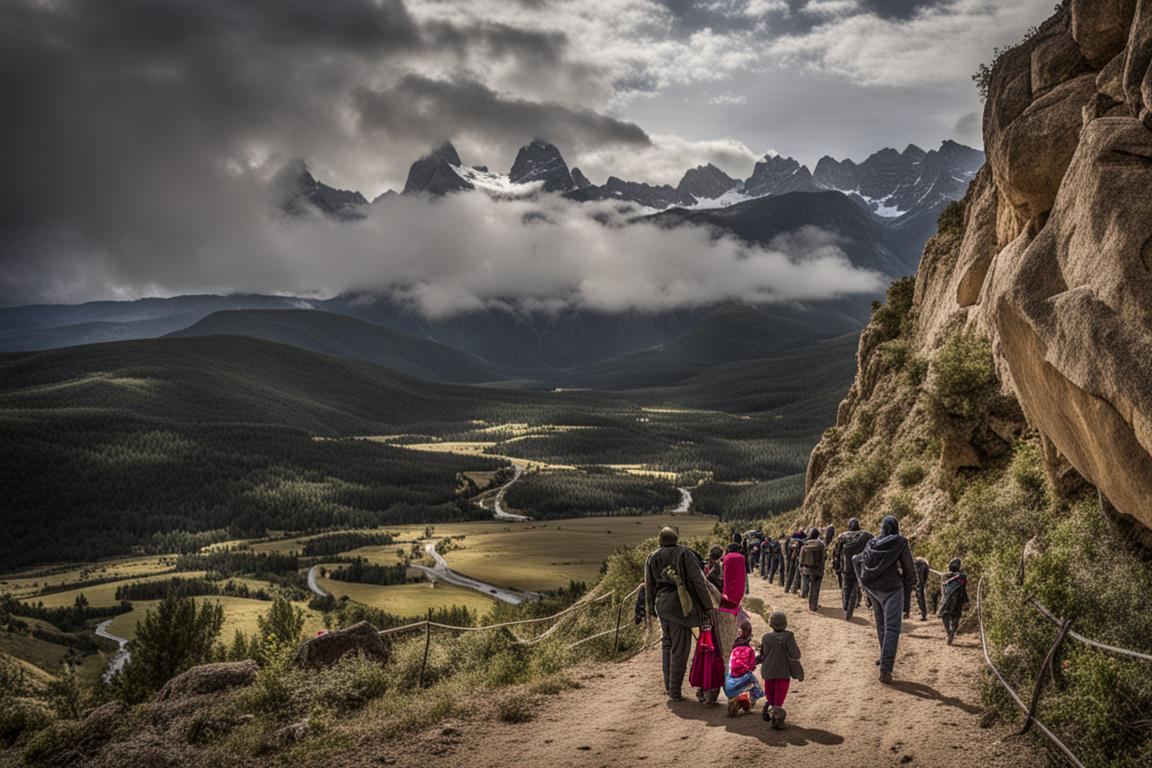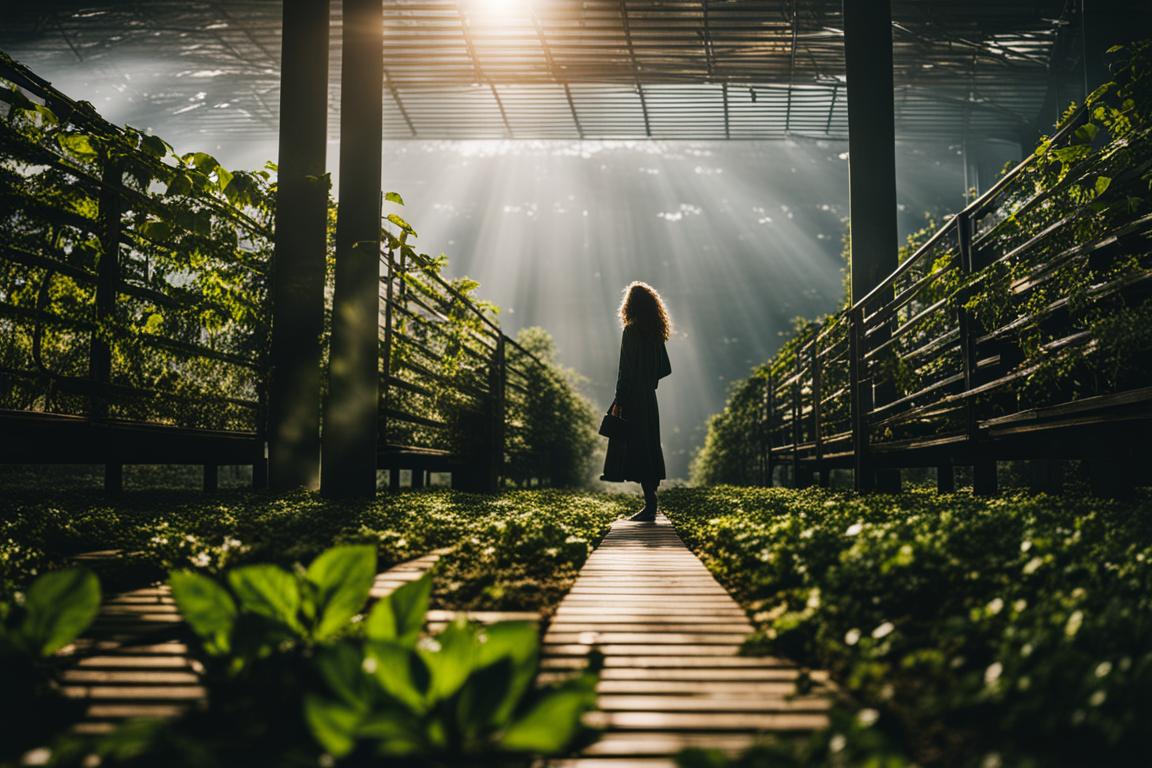
In 2035, the world faced a chilling reality: antibiotics, the cornerstone of modern medicine, had ceased to work. This global crisis, known as “The Great Resistance,” unfolded gradually, like a slow-moving storm that had been brewing for decades. Scientists had long warned of this possibility, but their voices were drowned out by the hum of everyday life and the relentless march of technological advancement. Now, humanity stood on the brink of a new era, one where the invisible world of bacteria dictated the terms of survival.
The first signs were subtle, almost imperceptible. In bustling hospitals across the globe, doctors noticed that common infections were taking longer to treat. Patients who would typically recover in days were languishing for weeks. The medical community scrambled to respond, but the usual arsenal of antibiotics proved ineffective. As the crisis deepened, the world watched in horror as minor cuts and scrapes became life-threatening, and routine surgeries were postponed indefinitely. The age of medical miracles had come to an abrupt halt.

In the wake of this catastrophe, society was forced to adapt. The medical community pivoted towards alternative treatments, revisiting ancient remedies and exploring cutting-edge technologies. Phage therapy, which uses viruses to target and destroy bacteria, gained traction as a promising solution. Researchers delved into the depths of nature, searching for new compounds in the most remote corners of the earth. Meanwhile, traditional practices like herbal medicine experienced a renaissance, as people sought solace in the wisdom of the past.
The impact of The Great Resistance extended far beyond the realm of medicine. It reshaped the fabric of society, altering the way people lived and interacted. Hygiene became a paramount concern, with public health campaigns emphasizing the importance of cleanliness and prevention. Schools introduced rigorous hygiene education, teaching children the art of handwashing and the science of germs. In cities, public spaces were redesigned to minimize the spread of bacteria, with touchless technology becoming the norm.
The economic landscape also underwent a profound transformation. Industries that had thrived on the assumption of antibiotic efficacy faced unprecedented challenges. The agricultural sector, heavily reliant on antibiotics for livestock, was forced to innovate. Farmers turned to organic practices, focusing on breeding disease-resistant animals and employing natural pest control methods. This shift led to a surge in demand for organic produce, as consumers became increasingly conscious of the link between food and health.
As the world grappled with these changes, a new social order began to emerge. Communities banded together, recognizing the need for collective action in the face of a common threat. Grassroots movements sprang up, advocating for sustainable living and environmental stewardship. People embraced a simpler way of life, prioritizing wellness and connection over material wealth. The crisis, though devastating, had sparked a global awakening, reminding humanity of its interconnectedness and vulnerability.
Amidst the turmoil, stories of resilience and ingenuity abounded. In a small village in India, a group of women formed a cooperative to produce herbal remedies, drawing on centuries of Ayurvedic knowledge. Their products gained international acclaim, providing a lifeline for their community and inspiring others to explore alternative medicine. In Sweden, a team of young scientists developed a groundbreaking method to harness the power of CRISPR technology, enabling the precise targeting of bacterial infections without harming beneficial microbes.
The Great Resistance also spurred a renaissance in scientific collaboration. Researchers from diverse fields joined forces, sharing data and insights in a race against time. Governments invested heavily in research and development, recognizing that the future of humanity depended on innovation and cooperation. This spirit of collaboration extended beyond borders, fostering a sense of global unity that transcended political and cultural divides.
As the years passed, the world slowly adapted to its new reality. The initial shock of The Great Resistance gave way to cautious optimism, as humanity learned to coexist with the microbial world. People developed a newfound respect for the delicate balance of nature, understanding that the health of the planet was inextricably linked to their own well-being. In this transformed world, the lessons of the past served as a guiding light, reminding humanity of its capacity for resilience and renewal.
The story of The Great Resistance became a testament to the indomitable spirit of the human race. It was a tale of adversity and adaptation, of loss and learning. As the world moved forward, it carried with it the knowledge that even in the face of the greatest challenges, there is always hope for a brighter tomorrow.




